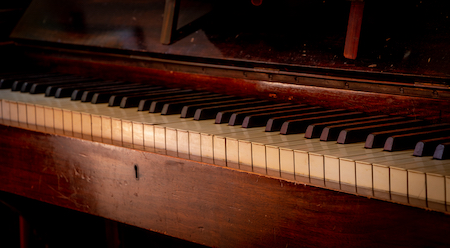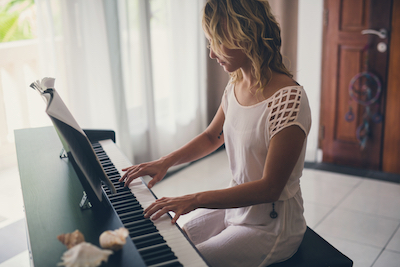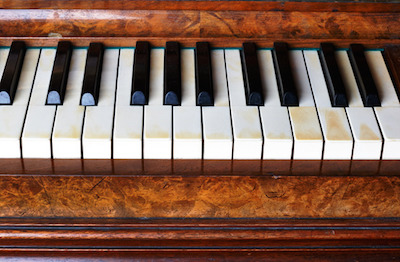When you’re looking to bring a piano into your home, a used piano can be a good option. However, if you bring home a used piano of poor quality, it can hinder the ability to grow your music talent and enjoy the process. A poor quality instrument will:
- Cost more in repair work
- Produce a poor quality sound
- Reduce playability
- Make the process of playing no fun
The entire reason to play the piano is to enjoy the sounds and music you create. If a poor quality instrument doesn’t allow you to do that, you’re less likely to play.
When shopping for a used piano, look at:
Brands – don’t skimp on quality. Choose a recognized and high-quality brand that will stand the test of time.
Age of the piano – a piano has a reasonable lifespan, just like any other personal asset you may own. A top-quality brand that has been well cared for and well maintained can last anywhere from 20 to 100 years. The more you know about its history, the more assurance you’ll have for longevity.
Playability – even if you’ve never played the piano before, the human ear is still wired for sound. Sit down and start playing every key, starting at the left of the keyboard, touching every note in order as you move to the right. Listen for variances in tone, and note severely out of tune, or a key that won’t play. Also note any buzzing or rattling noises.
Inside and outside – while some individual sellers might fix up the cabinet and make it shine, telltale signs can often be discovered by peering inside. Fixing a chipped key is easy. Fixing a broken soundboard is all-encompassing. If you aren’t sure what to look for, having someone with you who can, or working with a reliable dealer can ensure you purchase a used piano that will be a part of your home for years to come.
Things that may be easily fixed include:
- Cabinet blemishes
- Chipped keys
- Missing strings
- Loose tuning pins
- Hammer felt
Things that aren’t easily replaceable or repaired include:
- Pinblock
- Piano bridges
- Hammers
What questions do you have about buying a used piano?





